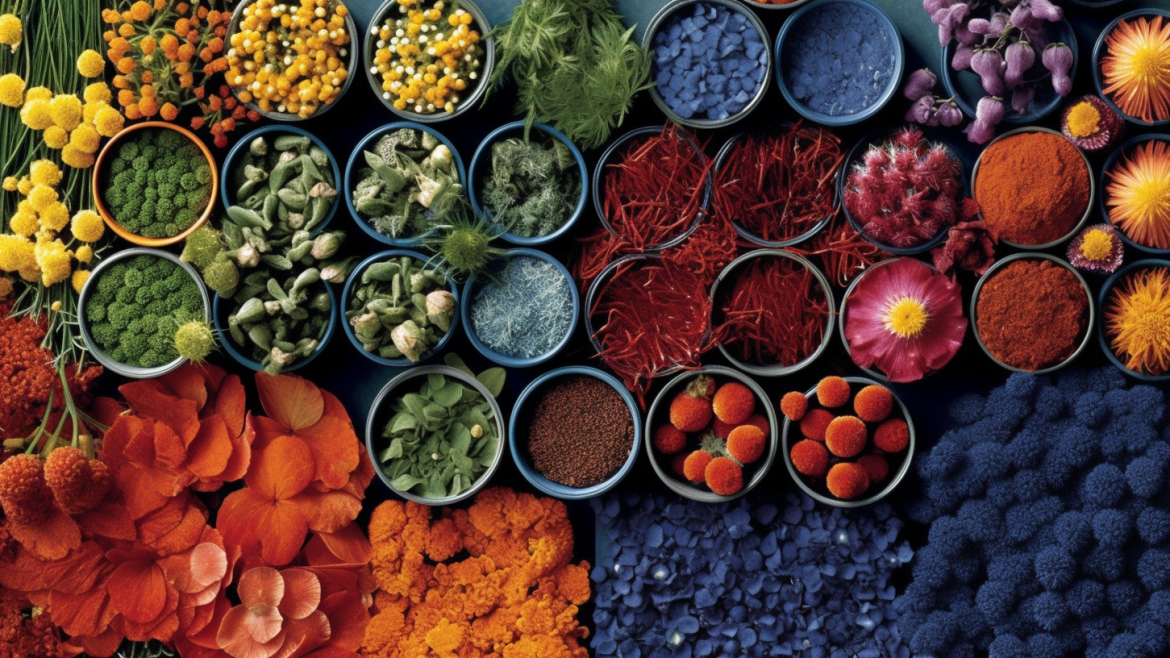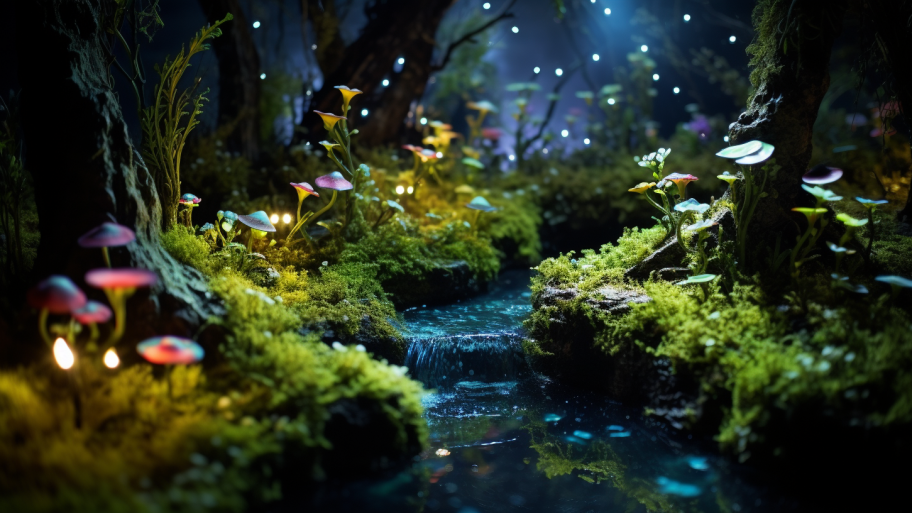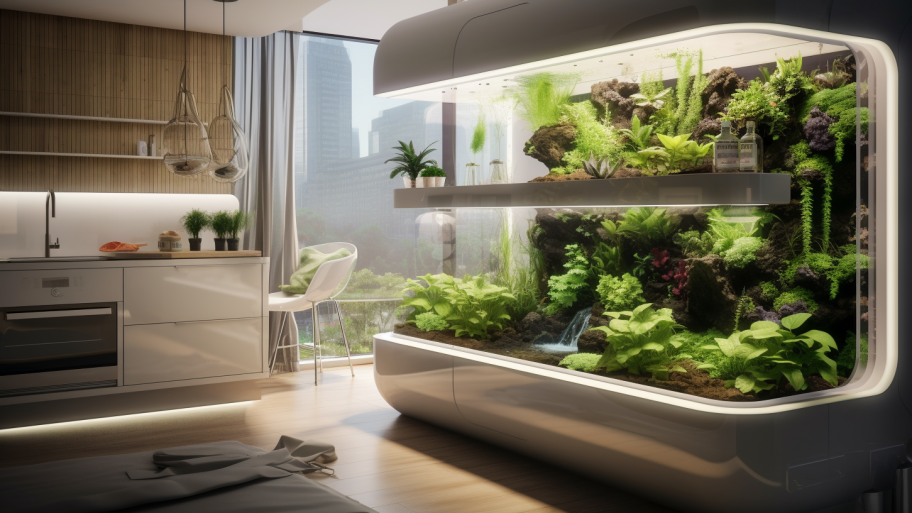Welcome to the colorful world of plant dye gardens! If you’ve ever dreamed of creating your own natural dyes for fabric and yarn, you’re in for a treat. In this article, we’ll explore the fascinating history of natural dyes, introduce you to the best plants for your dye garden, and guide you through the process of preparing your garden space. Ready to bring nature’s vibrant hues to life? Let’s get started!
The Magic of Natural Dyes: A Brief History
Long before synthetic dyes were invented, humans relied on plants, minerals, and insects to create a dazzling array of colors for clothing, textiles, and artwork. The earliest evidence of natural dye use dates back thousands of years, and the craft has evolved and expanded over time to include a vast range of techniques and materials. Today, natural dyes are experiencing a resurgence in popularity as more people seek sustainable, eco-friendly alternatives to synthetic dyes. By cultivating your own plant dye garden, you’ll be joining a rich tradition that spans cultures, continents, and millennia.
Choosing the Right Plants for Your Dye Garden
The first step in creating a plant dye garden is selecting the right plants. While many plants can be used for dyeing, some are more reliable and versatile than others. Here are a few popular choices to consider:
- Indigo (Indigofera tinctoria): A classic source of deep blue dye, indigo has been used for thousands of years to color textiles and clothing.
- Madder (Rubia tinctorum): Known for producing reds and oranges, madder is a versatile dye plant that can yield a range of shades depending on the extraction process.
- Weld (Reseda luteola): Weld is a reliable source of bright yellows and greens and has been used since ancient times for dyeing purposes.
As you research plants for your dye garden, consider factors like color range, growing conditions, and ease of cultivation. With careful planning, you can create a garden that provides a diverse palette of natural hues.
Preparing Your Garden Space
Once you’ve chosen your dye plants, it’s time to prepare your garden space. Here are a few tips to ensure your plant dye garden gets off to a great start:
- Location: Choose a sunny spot with well-draining soil, as most dye plants thrive in full sun and don’t tolerate waterlogged conditions.
- Soil preparation: Amend your garden soil with organic matter like compost or well-rotted manure to improve fertility, drainage, and soil structure. This will provide your dye plants with the best possible growing conditions.
- Planting plan: Design your garden layout with consideration for each plant’s mature size, growth habit, and sun requirements. This will help you maximize the use of space and ensure each plant receives the right amount of sunlight.
With your garden space prepared, you’re ready to embark on the exciting journey of cultivating your own plant dye garden!
As you delve into the vibrant world of plant dyes, you’re sure to be captivated by the endless possibilities that await. And with your dye garden in its early stages, it’s time to learn how to care for and harvest your plants to ensure a colorful yield. In our next article, “Growing a Colorful Harvest: Planting and Caring for Your Dye Garden,” we’ll share expert tips and techniques for nurturing your dye plants and maximizing their color potential. So, grab your gardening gloves and prepare to be inspired by the incredible world of plant dye gardens!




